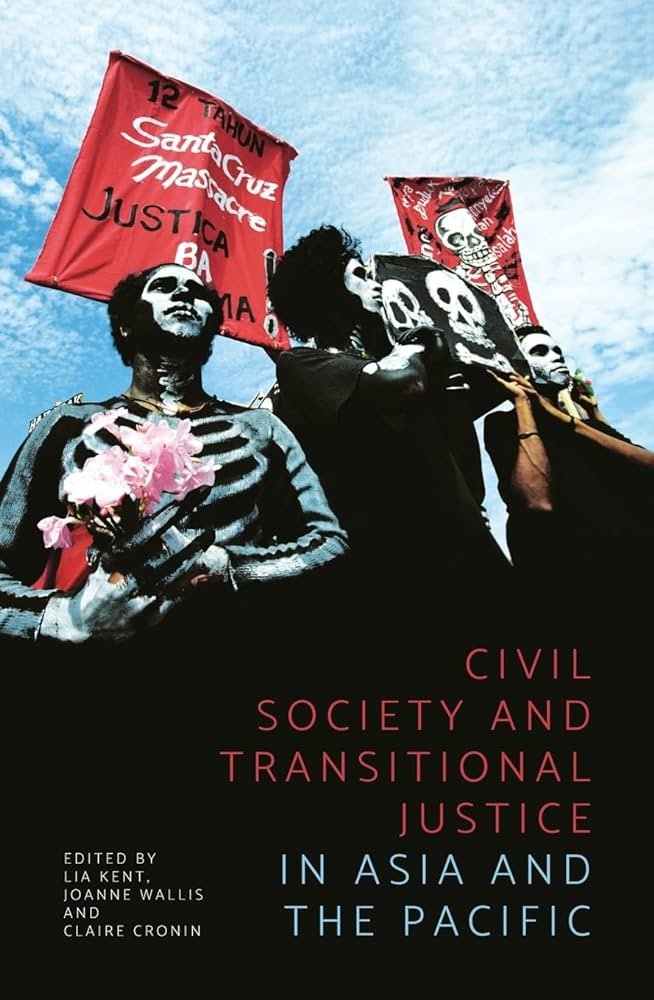Kumar Ramakrishna
One significant highlight of the recent Singapore Terrorism Threat Assessment Report (STTAR) 2023 was that since 2015, 11 self-radicalised Singaporean youths aged 20 or below have been detained under the Internal Security Act (ISA). In addition, three of the four cases dealt with since the previous STTAR in 2022 involved youths. STTAR 2023 noted that the youngest detainee was only 15 years old.
The three Singaporean youths referenced in STTAR 2023 were all supporters of the Islamic State of Iraq and Syria (ISIS) and had been radicalised by Islamist extremist narratives online. The 15-year-old mentioned earlier was also a staunch supporter of the rival Al Qaeda (AQ) global terror network. An 18-year-old detainee apparently went so far as to have planned to declare Coney Island (about 133 hectares in size and lying very close to the main island of Singapore) to be an ISIS wilayat (province). He had also planned to travel to overseas conflict zones to fight alongside ISIS’s affiliates.
Such concern with youth radicalisation is not new. In 2018, Singaporean authorities had already observed that youth aged between 17 and 19 were “falling prey to extremist ideologies” through “heavy reliance” on “social media and the Internet” for information.
There are two observations that can be made in this regard.
Global and Regional Trends
First, youth radicalisation is not just a Singaporean, but a global and regional issue. Terrorism researchers J. M. Berger and Jessica Stern in their publication ISIS: The State of Terror (2015) affirmed that ISIS “actively recruits children” to engage in “combat, including suicide missions”. AQ is hardly different. US intelligence has long warned that AQ sought to radicalise western youth for the purpose of mounting terror strikes in the West – including suicide attacks.
The Malaysian government noted in 2017 that “around 80 per cent of the arrests that the Malaysian police” had made since September 2016 were of people “under the age of 40”. The same year, the Indonesian government estimated that about 101 youths had joined ISIS in Iraq and Syria. Analysts since 2018 have worried that the use of youth in terrorist attacks in Southeast Asia may well be a “future trend”.
Low-Tech, Lone-Actor Attacks
Second, STTAR 2023 observed that self-radicalised youth, rather than mounting complicated attacks using firearms and explosive materials that are difficult to procure in Singapore, could nevertheless “pivot towards other available means for conducting terrorist attacks, such as knives” in conducting so-called “lone actor” attacks.
This low-tech, lone-actor attack modality has been actively promoted by ISIS for years. A 2016 article in the online ISIS magazine Rumiyah enjoined supporters around the world to “stage knife attacks in public places”, as knives were easy to obtain and “effective weapons of terror”. In fact, it has been observed that the “use of knives by single jihadists is gaining popularity around the world”.
Understanding Youth Radicalisation
Youth radicalisation is a complex and multifaceted phenomenon. Three key explanatory factors can be outlined briefly.
First, at a psychological level, during the teenage years the executive reasoning centres of the brain develop more slowly than the emotional parts. This helps explain why teenagers between 18 and 20 years of age often appear as impulsive and rash. Additionally, such emotional immaturity frequently expresses itself as a quest for absolute, black-and-white, intellectual and moral certainty.
Hence STTAR 2023 observes that the essentially “structured and dichotomous” extremist worldview appears as “more appealing to the young”. Emotionally vulnerable youth are also relatively susceptible to false extremist promises of excitement and thrills – all for an ostensibly righteous cause. In essence, because youth are in the midst of a “tumultuous biological, cognitive, social and emotional transition to adulthood”, they are relatively ripe targets for terrorist cultivation.
Second, experts have observed that youth coming from unstable family contexts with weak or no father figures tend to possess fragile egos and identities, ill-prepared to endure life’s ordinary challenges. Such youth, as James W. Jones in Blood That Cries Out from the Earth (2012) notes, tend to seek “external objects that claim to be perfect and ideal” and that supposedly offer “that necessary sense of connection to something of value” that can “buttress” their “self-esteem”.
This is precisely where ISIS and AQ propaganda strike home. The importance of stable families cannot be overstated. In Saudi Arabia, for instance, it was found that youth who had grown up “without their parents present” were at risk, as their “personal and social problems” appeared to “contribute to radicalisation”.
Third, youths growing up in subcultures that are relatively insulated from the wider community are also at risk. In particular, subcultures that promote exclusionary attitudes that are “self-righteous, prejudicial and condemnatory toward people outside their groups” may inadvertently soften the ground for future exploitation by extremists.
Meanwhile, subcultures that even passively promote retrograde norms of masculinity, tend to also pave the way for extremist ideologues to later persuade male youth that taking up violence against one’s putative enemies – including up-close-and-personal knife attacks – is to be a “real man” and “heroic”.
Policies Needed to Counter Youth Radicalisation
The foregoing analysis suggests that a suite of integrated policy interventions are needed in three broad areas to counter youth radicalisation.
First, policies are needed to directly foster strong and stable family contexts in Singapore. Ameliorating the societal economic and competitive pressures that generate stress levels negatively affecting parenting is important. Fundamentally, fostering a healthy family unit anchored by strong father figures and role models helps encourage normal ego and intellectual development in youth. This also strengthens their emotional and intellectual resilience against false extremist promises of absolute intellectual and moral certainties.
Second, cultural and other community institutions have a role in actively promoting inclusiveness. Such institutions could assist parents and communities in socialising their young into appropriate prosocial behaviour as they grow up in a secular, diverse and globalised multicultural society like Singapore. The community-building elements of the ongoing SG Secure campaign in Singapore have much relevance in the socialisation process.
Third, a central piece of the policy puzzle must be education. Ideally, whether secular or religious, the education of our youth should aim to broaden intellectual horizons. The core idea is to develop in youth intellectual resilience against the “simplified monocausal interpretation of the world” offered by ISIS and AQ – and other extremists – “where you are either with them or against them”.
Another key aspect of the educational space – religious and secular – is to promote healthy and balanced societal norms about masculinity. The aim is to create mental firewalls against attempts by online extremists to encourage more toxic and violent expressions of what it means to be male. In this context, as STTAR 2023 states, rather than travelling to conflict zones to fight, Singaporean youth should know that there are peaceful, legitimate and more effective ways to support good causes around the world, such as “the cause of helping Palestine”.
Conclusion
The United Nations Plan of Action to Prevent Violent Extremism urges that in the struggle against violent extremism, the world simply must “harness the idealism, creativity and energy of young people”. In this regard, the hearts and minds of Singaporean youth is absolutely one strategic battlespace that we must not ignore.
Singapore: S. Rajaratnam School of International Studies, NTU Singapore, 2023. 4p.





















